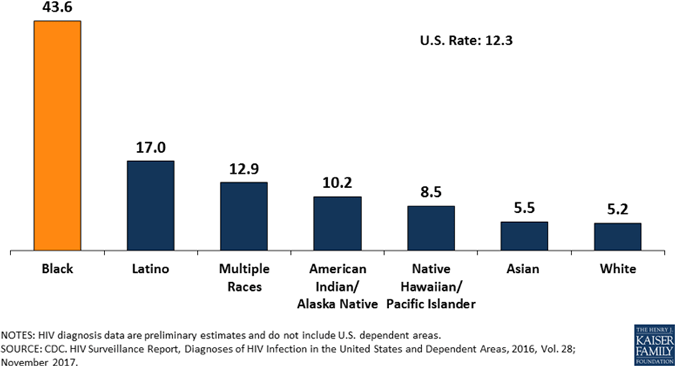
Break down and define common medical terms used for symptoms, diseases, disorders, procedures, treatments, and devices for blood and the lymphatic systemīlood and the Lymphatics Blood is normally found only in the cardiovascular system, and its primary function is transport Another type of fluid, known as lymph, also transports substances throughout the body and is found in the lymphatic vesselsīlood and the Lymphatics (cont.) The two fluids are intertwined because lymph is formed from blood and because blood and lymph both carry white blood cells.Define common medical terms used for blood and the lymphatic system.Learning Objectives (cont.) After completing this chapter, you will be able to: Identify the organs of blood and the lymphatic system and describe their structure and function.Define and spell the word parts used to create medical terms for blood and the lymphatic system.Training can significantly impact a company’s bottom line.Learning Objectives After completing this chapter, you will be able to: This can include the Hepatitis B vaccination for those with the potential for exposure as well as exposure mitigation planning, a personal protection equipment plan and an annual refresher training.

Compliance with the standard requires employers to meet these criteria with a bloodborne pathogen training. OSHA has a policy designed to limit exposure to blood and other bodily fluids in the workplace. People who carry bloodborne pathogens may not be aware that they are infected Virus (HBV), hepatitis C virus (HCV) and human immunodeficiency virus (HIV). The most common diseases caused by exposure are hepatitis B

There is also risk ofĮxposure in a situation where blood or body fluid is splashed on open cuts or Summaryīloodborne pathogen exposure can result from cuts or puncture woundsĬaused by sharp objects, such as blades, needles or knives.

Safety training for bloodborne pathogen risk is imperative and can significantly reduce injury and illness costs. Bloodborne pathogens are defined as microorganisms in the blood or other body fluids that can cause illness and disease.


 0 kommentar(er)
0 kommentar(er)
